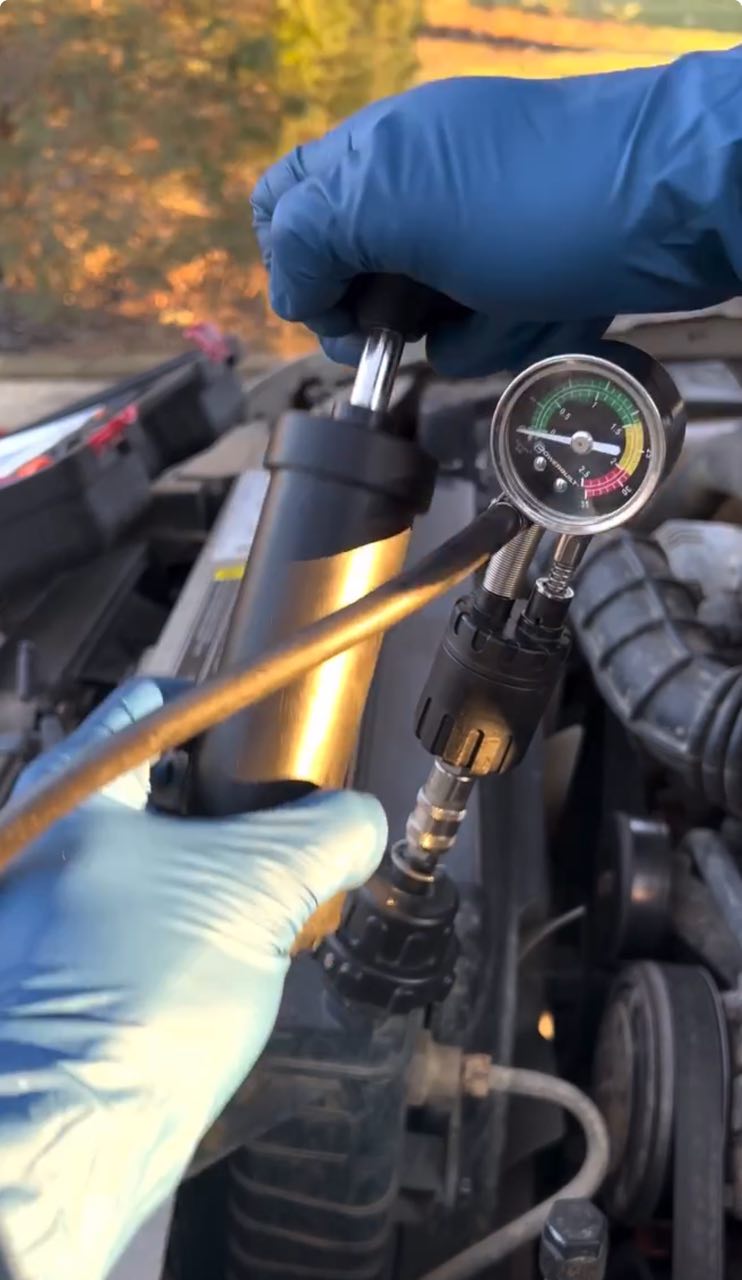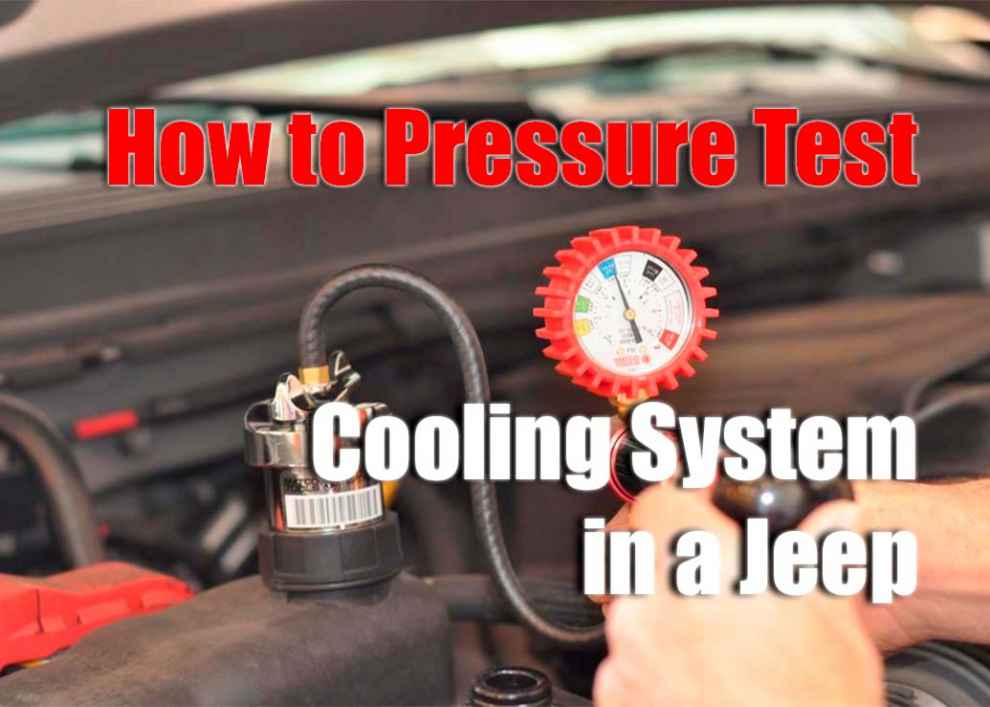When it comes to the maintenance of an automobile, no part should be ignored or overlooked. One of the most critical parts of a car that needs regular maintenance and testing is the cooling system. The cooling system helps to keep your engine at a safe temperature by circulating coolant throughout its components. While there are many preventive measures you can take to protect your vehicle’s cooling system, it is also important to perform regular pressure tests to ensure that there are no leaks or other issues with the system. This article will provide a comprehensive guide on how to pressure test cooling system of your car properly, covering all aspects from preparation to completion. With proper pressure testing, you can be sure that your Jeep’s cooling system is performing optimally and efficiently – ensuring not only better performance and fuel economy but also avoiding any major costly repairs down the road.
Tools Needed
The pressure test tools needed for the cooling system are typically a pressure tester, radiator cap adapter, and coolant. The pressure tester tests the cooling system’s ability to maintain a certain pressure level without leaking. The adapter is necessary to connect the pressure tester to the radiator cap. Finally, coolant is necessary for the system to remain pressurized during testing. These tools should be available at any auto parts store or can be purchased online from various outlets. Additionally, it may be helpful to have a thermometer on hand to measure temperature changes that occur during testing. Once these items are gathered, follow the manufacturer’s instructions for properly connecting and using them to successfully perform a pressure test on your vehicle’s cooling system.
Performing the Test Properly

-
Start by turning off your engine and allowing it to cool down for at least an hour.
-
Open the hood of your vehicle and locate the radiator cap.
-
Remove the cap and attach a coolant adapter before connecting it to the pressure tester.
-
Turn on the pressure tester, slowly increasing its reading until you reach 15 PSI (pounds per square inch). Ensure not to exceed 15 PSI, as this could cause damage to your cooling system components or engine block.
-
Allow the pressure within the system to steady itself for 5 minutes before observing any possible leaks or damage within both external and internal components of your Jeep’s cooling system using a flashlight if needed.
-
Once finished, release any remaining pressure from within the system by reducing its reading back down from 15 PSI until 0 PSI is reached before disconnecting all tools/adapters used during the testing process.
-
Place the cap back on the radiator and close the hood of your Jeep.
Analyzing Your Results
Once you have finished pressure testing your Jeep’s cooling system, it is important to analyze the results of this test to determine any potential issues or repairs that may need to be made. Here are a few things that should be looked for when analyzing your results:
-
Any visible leaks or cracks within components such as hoses, radiators, tanks, and other parts of the cooling system.
-
Low-pressure readings could indicate air entering the system or a possible leak somewhere within it.
-
A high pressure reading could indicate an obstruction, such as buildup from debris or rust within any of its components.
-
If you notice any of these issues in your results, it is crucial to have them repaired immediately to prevent expensive fixes and potential damage in the future.
Conclusion
Pressure testing your Jeep’s cooling system is a great way to ensure it functions properly and efficiently. By following the steps outlined in this article, you can be sure you are completing the test correctly and receiving accurate results. Furthermore, by analyzing the results of this test, you can identify any potential repairs or replacements necessary to keep your vehicle running optimally. With regularly scheduled pressure tests, you can be sure that your Jeep’s cooling system is always performing at its best – saving both you and your car safe from any costly repairs or mishaps.

Add Comment